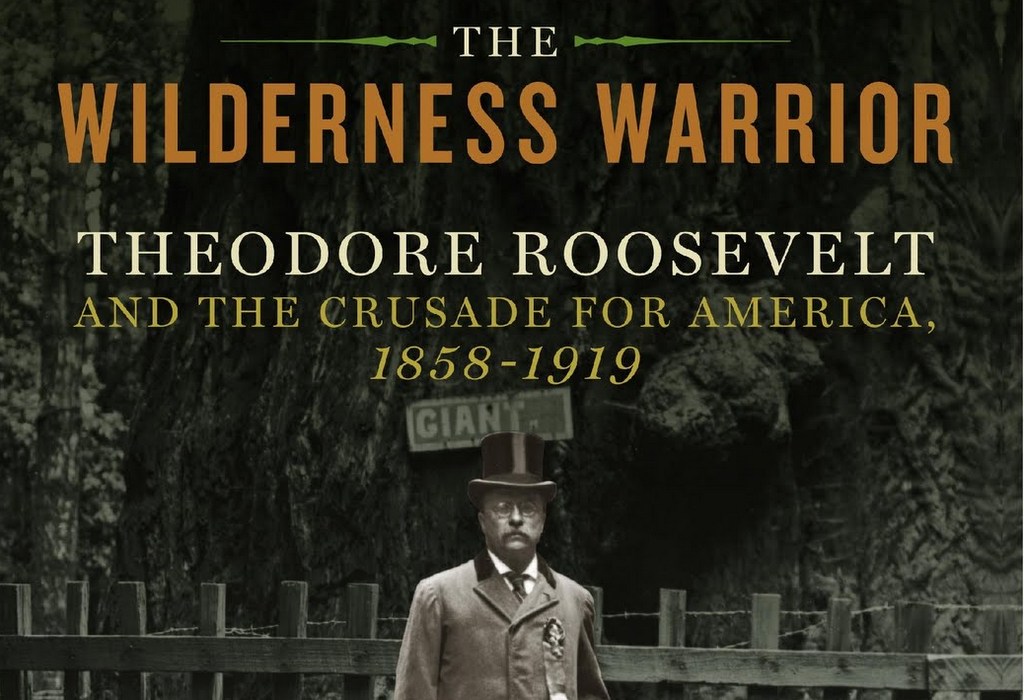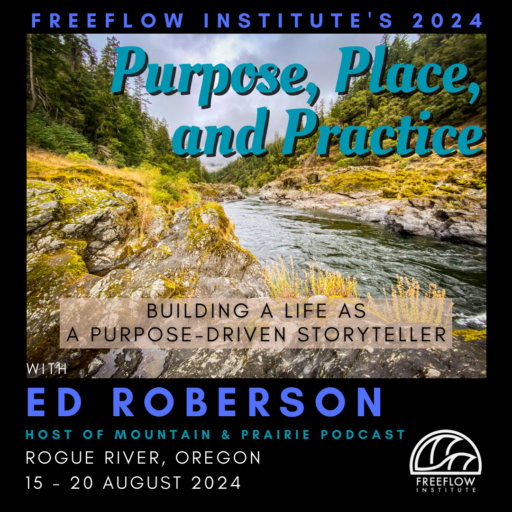It is a running joke among my close friends and family that I have a fanatic, somewhat obsessive, level of admiration for Theodore Roosevelt. Ever since I first read Edmund Morris’s Pulitzer Prize winning The Rise of Theodore Roosevelt, I’ve been completely enamored (okay… obsessed) with T.R. and his amazing life story.
Everyone knows that he was President of the United States, but, in my opinion, that is one of the leastinteresting parts of this man’s life. He was a naturalist, a boxer, a historian, an author, a war hero, a big game hunter, a cowboy, a frontier town deputy sheriff, the New York City Police Commissioner, and a jungle explorer.
The following anecdote sums up T.R.’s toughness, as well as the interestingness of his life:
During a campaign appearance in 1912, he was shot in the chest by a lunatic anarchist. Luckily, T.R.’s steel glasses case and 50-page speech slowed the bullet enough so that it stopped when it hit his rib, just short of his lungs and heart. Although his life had been spared, he was left with a bloody, serious open chest wound, as well as a bullet lodged permanently in his rib.
Instead of being whisked away by the secret service to the nearest hospital, T.R. got up off the ground and grabbed the assassin by the head so that he would look the man in the eyes. Then, still refusing medical treatment, T.R. composed himself and gave a 90-minute speech! He acknowledged the expanding bloodstain on his shirt by telling his audience “I have just been shot; but it takes more than that to kill a Bull Moose!
I could go on and on, but back to the book recommendation…
—-
Recently, I read Douglas Brinkley’s Wilderness Warrior – Theodore Roosevelt and the Crusade for America, which focuses exclusively on T.R.’s conservation work throughout his life and presidency. The books is fascinating because it not only chronicles all of the national parks, forests, and monuments that T.R. created during his presidency, but it gives the reader a deep understanding of exactly why T.R. had such a love for America’s wild places.
Over 817 pages, Brinkley describes a young Theodore collecting birds around his family’s property, learning taxidermy, and creating a small museum to house all of his specimens. We learn about his adventures as a teenager in the wilderness of Maine, hunting, trapping, and snowshoeing around the wilderness for weeks at a time. As a young man he ventured out west to the Dakota territories to hunt, eventually become a full time rancher.
The reader also discovers that the wilderness, particularly the western landscapes, were not only a place of adventure and recreation for T.R., but a place of healing. After his mother and wife died on the same day in 1884, T.R., completely overwhelmed with grief, retreated to the west to reevaluate his career and his life. After several years exploring, hunting down fugitives, and cattle ranching, he returned east with a new focus and energy for public service.
We learn of the deep (and sometimes contentious) friendships that T.R. shared with many of the world’s leading conservationists including John Muir, John Burroughs, and George Bird Grinnell. We gain insight into T.R.’s influences (Audubon and Darwin), as well as the people who he influenced (Gifford Pinchot).
Known as the “Naturalist President,” T.R. spent a great deal of time and resources to conserve the land and resources that make America so special. He believed that America’s wild landscapes such as the Grand Canyon and the Redwood Forests were superior to and more impressive than any of Europe’s ancient architecture or artwork. “A grove of giant redwoods or sequoias should be kept just as we keep a great and beautiful cathedral.”
During his presidency (1901-1909), T.R. conserved about 230 million acres of land. He created or expanded 150 National Forests, 51 Federal Bird Reservations, 6 National Parks, and 18 National Monuments. Keep in mind, he did all of this conservation work while simultaneously building the Panama Canal, busting trusts, winning the Nobel Peace Prize, ending labor riots, and, as mentioned above, taking a bullet in the chest.
—-
It is interesting to note how the United States’ approach to land conservation has changed over the last 100 years.
From 1901-1909, T.R. believed that the Federal Government knew best how to protect and conserve America’s natural resources. T.R. viewed conservation as essentially a battle between himself (the Federal Government) and the private sector (the timber barons and mining industry).
Fast forward to the 1980s: Thanks to the emergence of conservation easements as a viable method of conserving land in perpetuity, private citizens, and even big corporations have the ability to conserve property more effectively than even the government. While there is always the chance that the government could sell portions of its forest reserves to timber or mining companies as a quick way to produce revenue, land that has been protected by an easement is protected forever.
One can only speculate, but I would guess that T.R. would be a big fan of conservation easements as a tool to preserve American landscapes.
As a person with both a professional and personal interest in Colorado land conservation, I highly recommend The Wilderness Warrior. It’s a monster of a book but is packed full of great information. Anyone who is interested in the history of land conservation should definitely invest some time and read it.







